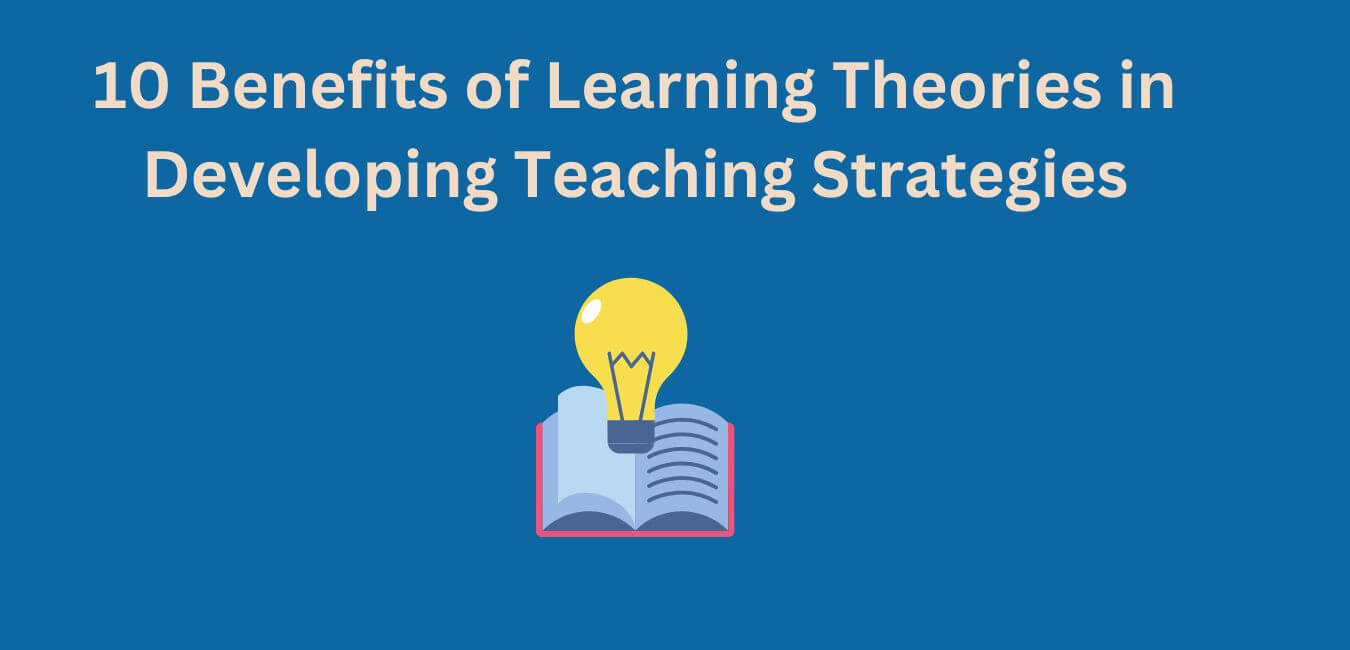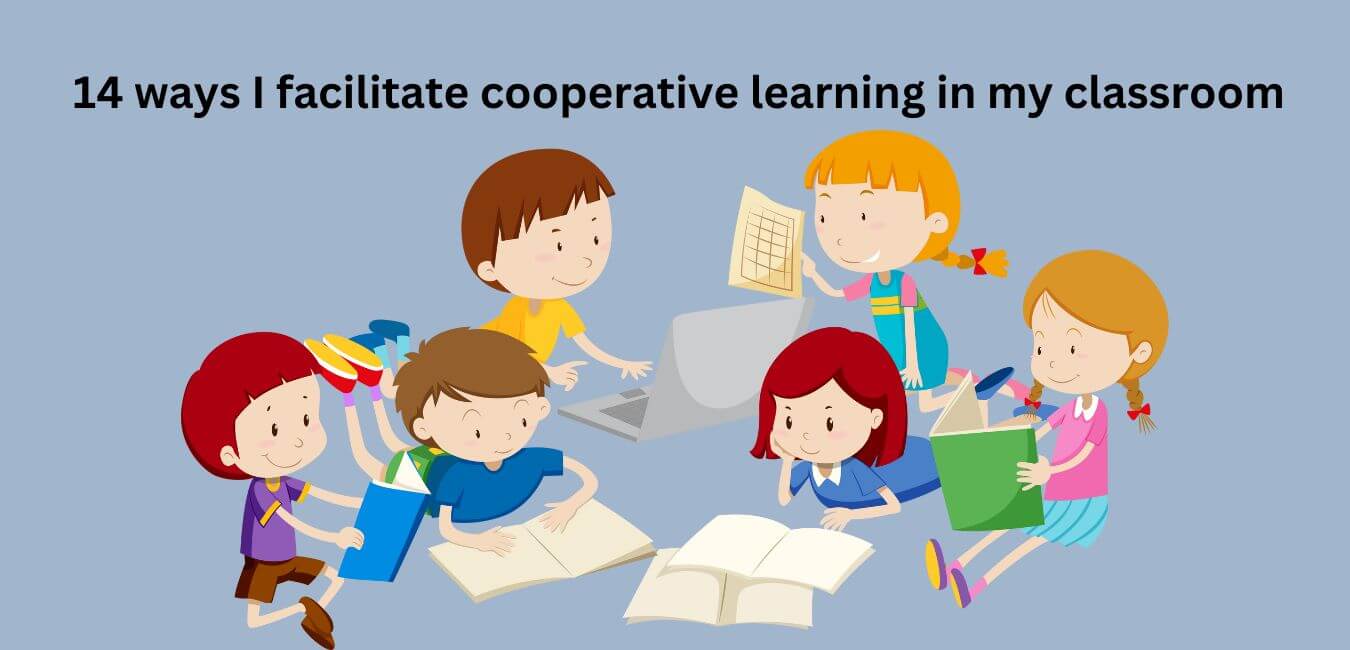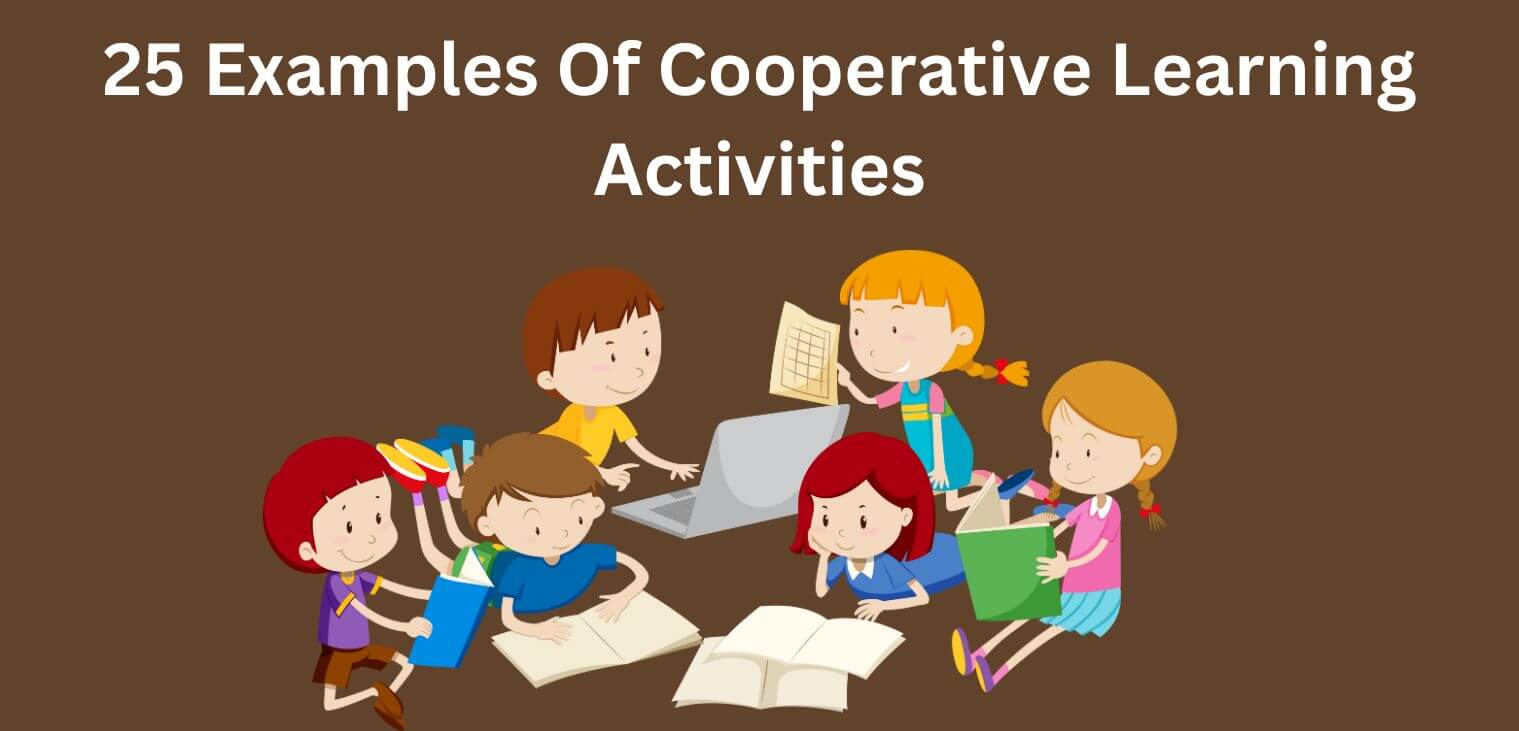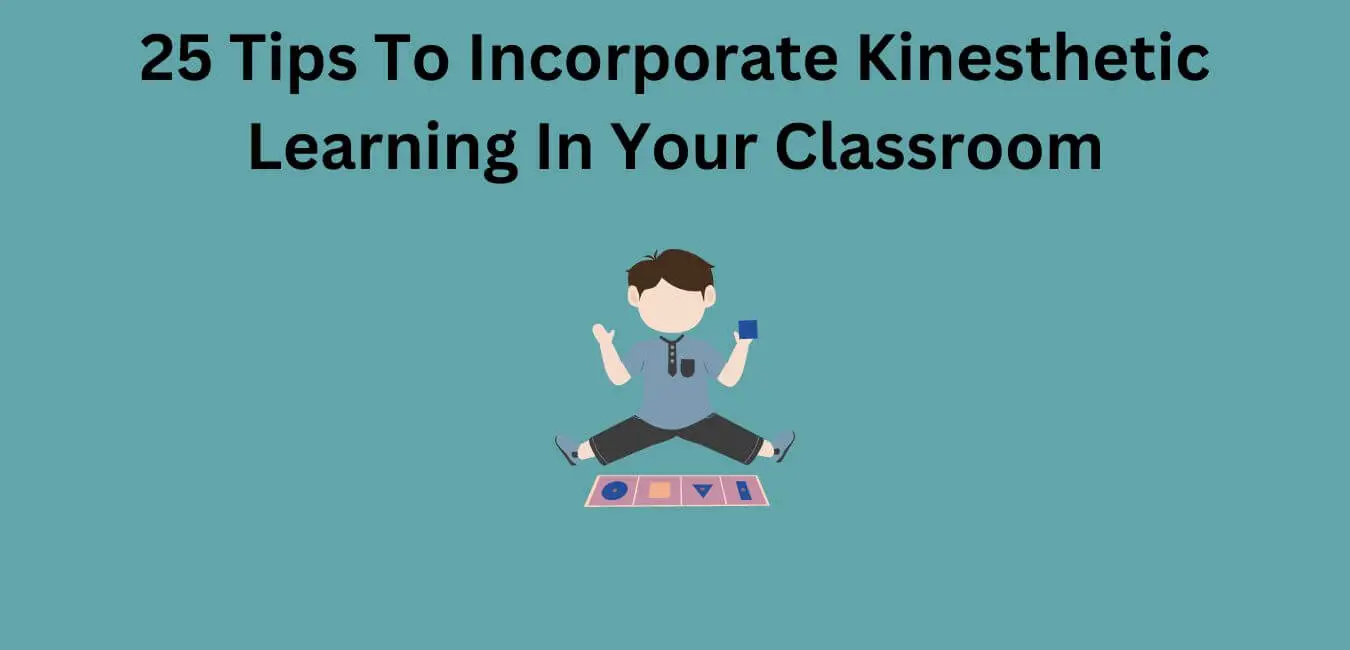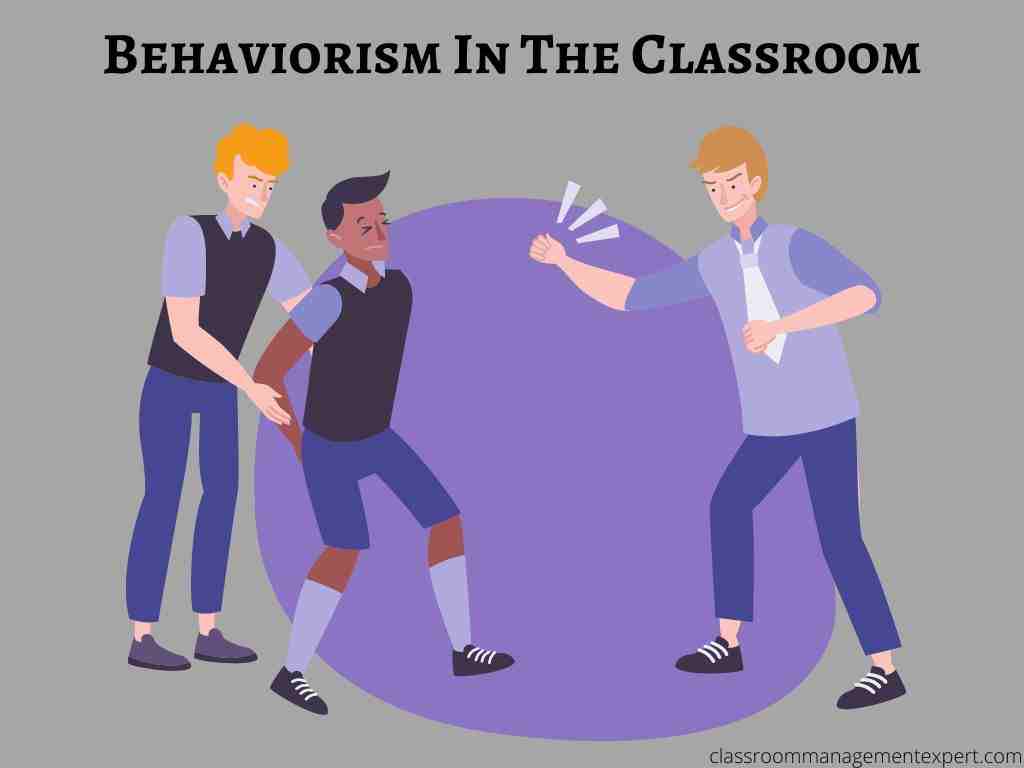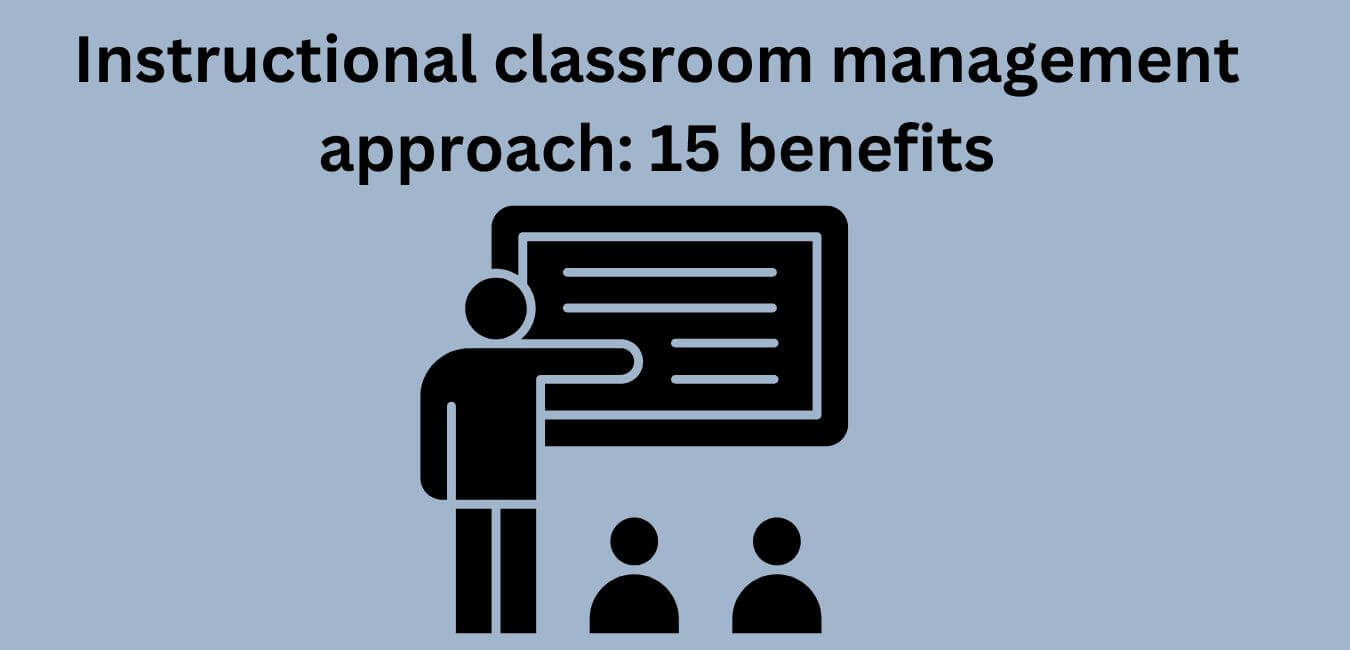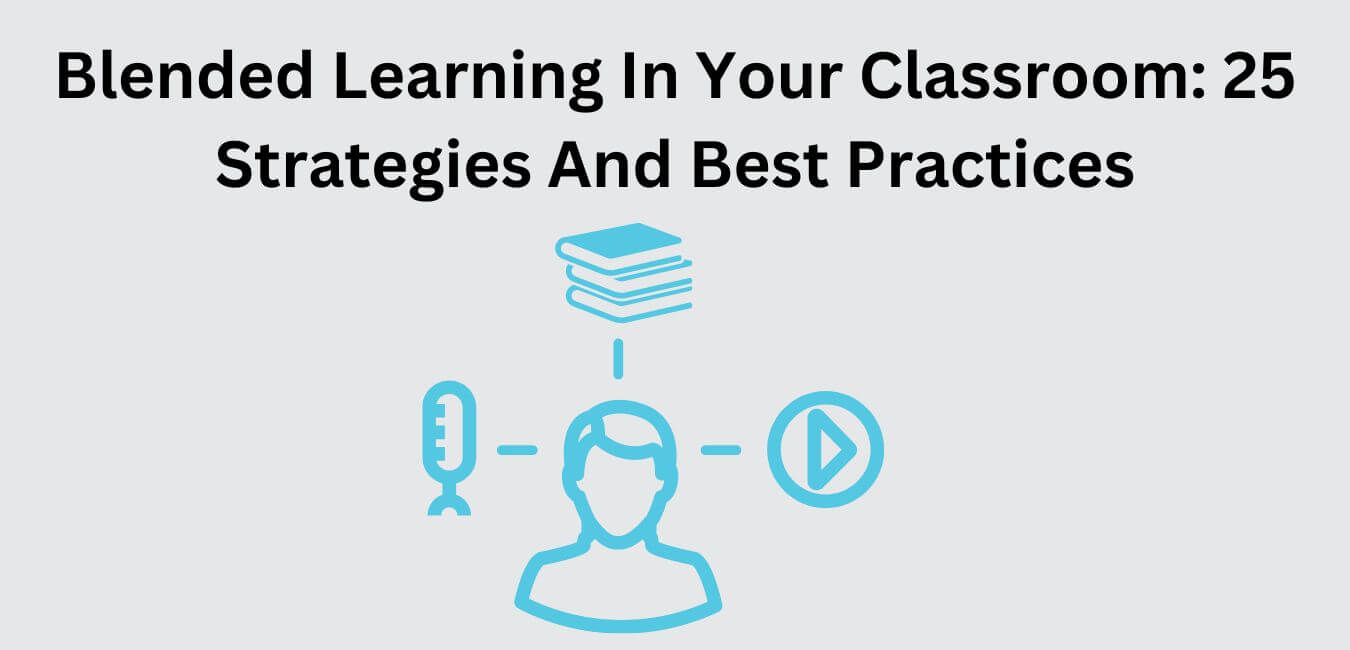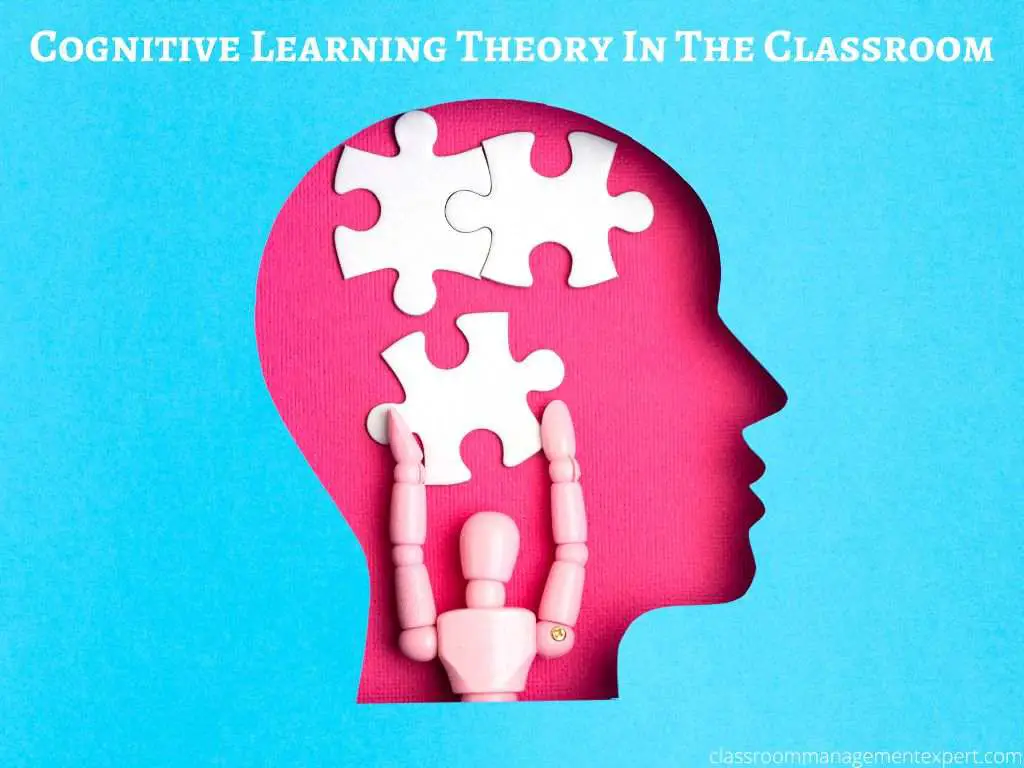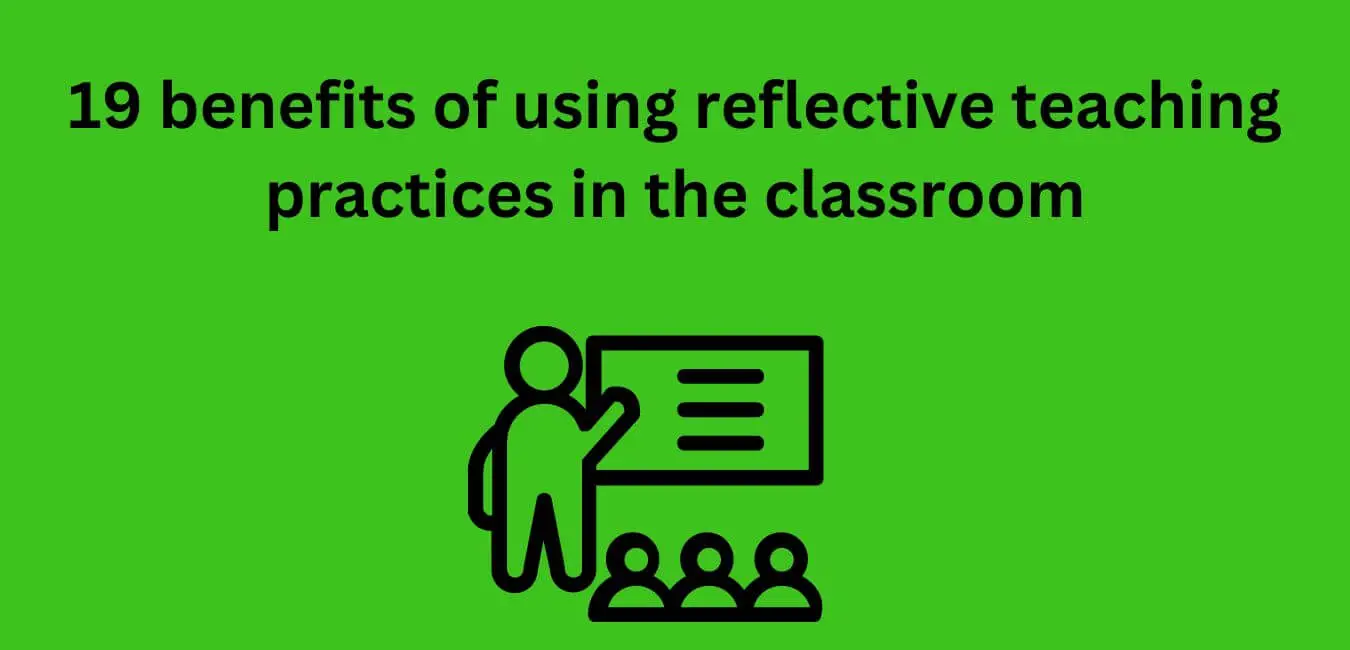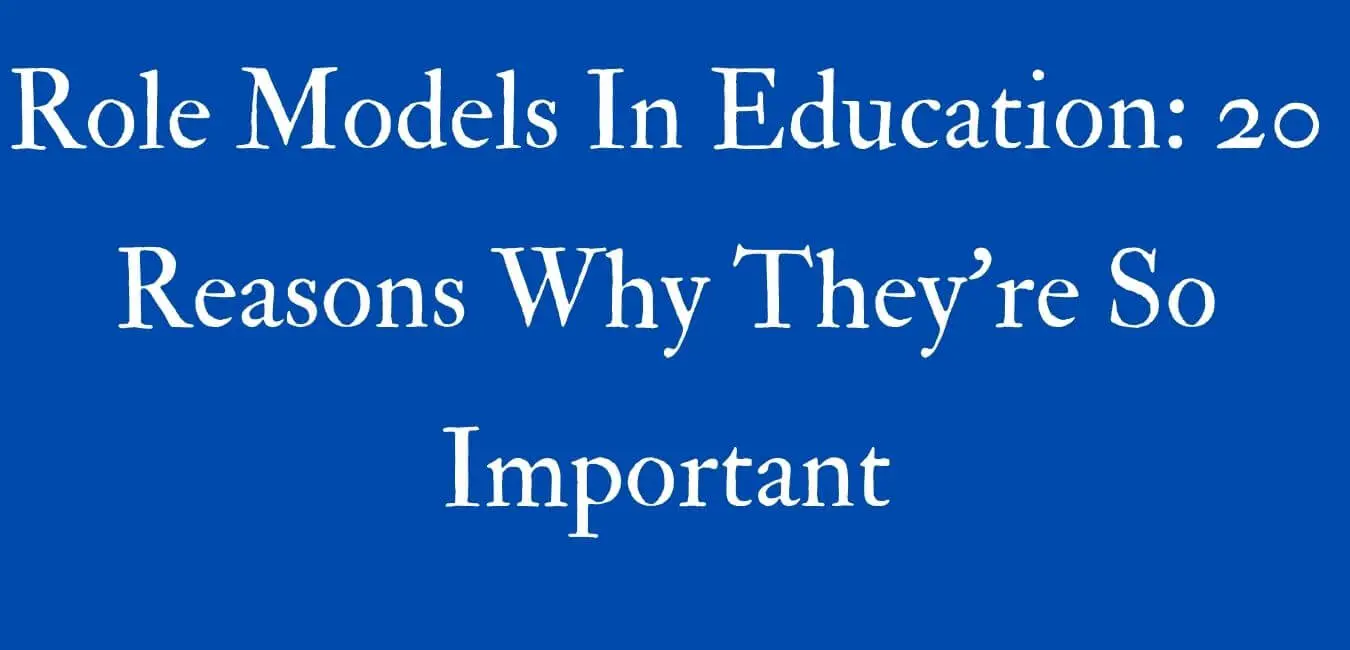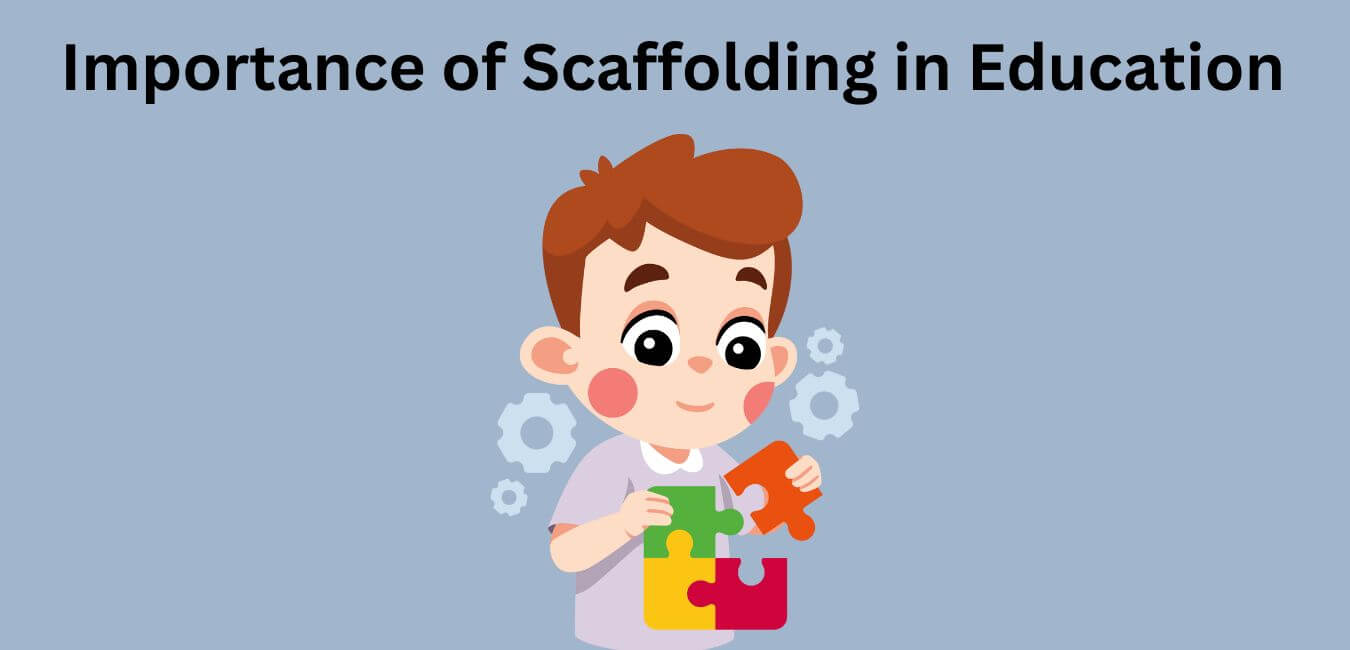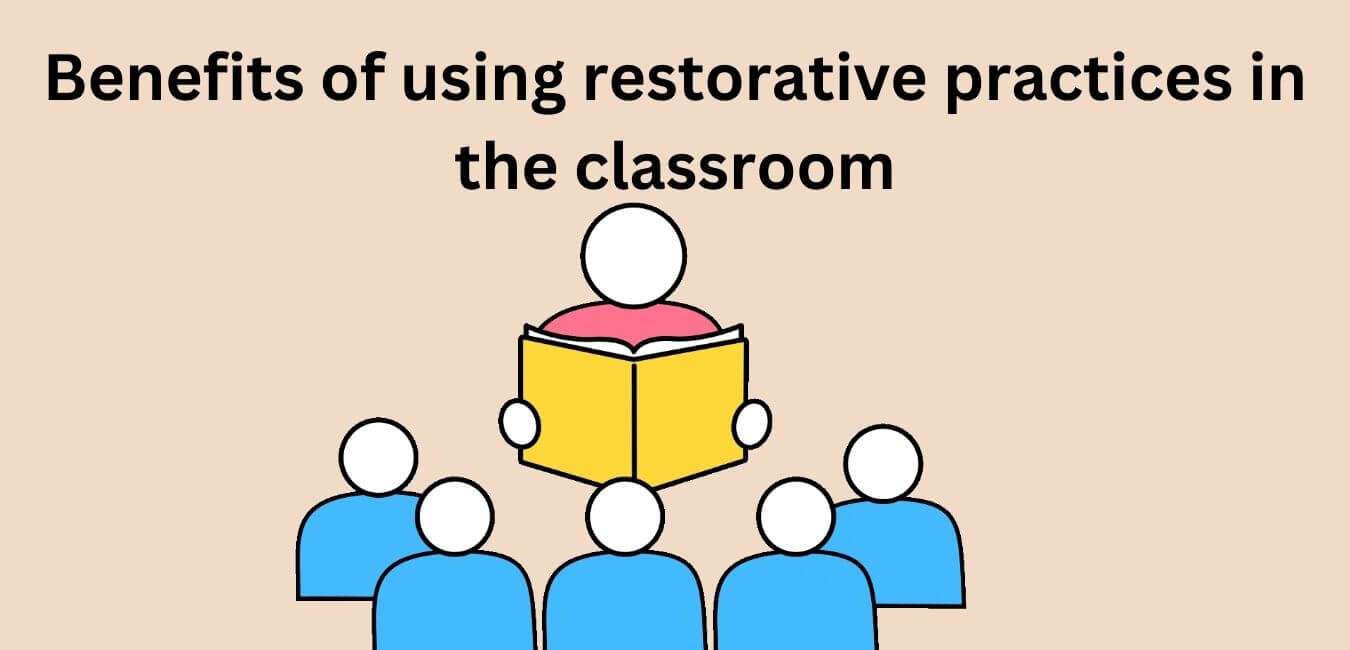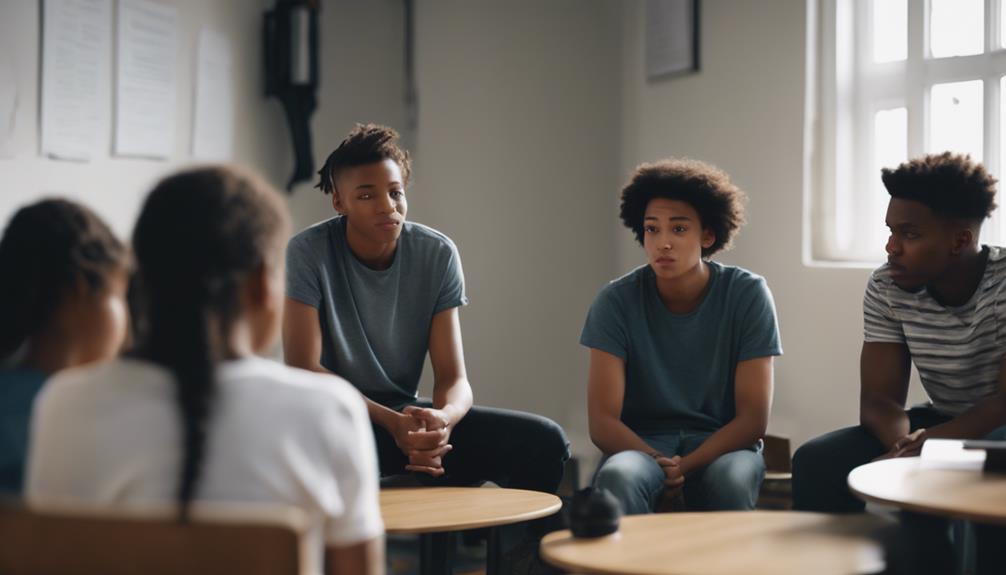Since its introduction in the early 1900s, the theory of constructivism has been widely used as a framework for understanding how people learn. The basic tenet of constructivism is that people actively construct their own understanding of the world around them through their experiences and interactions with others.
In recent years, constructivism has been increasingly applied to educational settings, as educators strive to create learning environments that are more active and engaging for students.
What is constructivism?
Constructivism is a learning approach that emphasizes active learning and cooperative learning, based on the learner’s previous knowledge.
In a constructivist learning environment, learners are actively involved in constructing new information, rather than passively receiving information from the instructor.
The constructivist learning theory holds that learners are more likely to understand and remember new information if they can connect it to their existing knowledge.
What are the principles of constructivism?
There are several principles of constructivism, but the main one is that learners construct their own knowledge.
This means that new knowledge is not simply absorbed by learners, but is constructed through their learning experiences.
This is an active process, where learners view themselves as capable of constructing meaning from information they receive.
Constructivism is often associated with the work of Lev Vygotsky, who argued that social interaction is essential for learning.
For Vygotsky, new learning always builds on previous learning, and so knowledge is always constructed in relation to what a learner already knows.
This view of teaching emphasizes the importance of providing learners with opportunities to build on their existing knowledge and to make connections between new and old ideas.
Principles of Constructivist Learning Theory
There are 7 principles of constructivist learning theory:
1. The learner is active,
2. Constructivism is a social theory,
3. Knowledge is constructed,
4. New learning builds on previous learning,
5. Learning experiences are meaningful,
6. Learning is an active process, and
7. The zone of proximal development.
Vygotsky’s idea of the zone of proximal development is particularly important in constructivism; it posits that new knowledge is constructed through interactions with more knowledgeable others and that learning is a social process.
What are the three main types of constructivism?
Constructivism is a theory of learning that emphasizes the role of the learner in actively constructing meaning from existing knowledge. There are three main types of constructivism: social constructivism, radical constructivism, and cognitive constructivism.
Social constructivism, first proposed by Lev Vygotsky, emphasizes the importance of the learner’s social environment in shaping their cognition.
Radical constructivism, proposed by Ernst von Glasersfeld, suggests that learners actively construct their own understanding of the world, independent of any external reality.
Cognitive constructivism, proposed by Jean Piaget, suggests that cognition develops in stages and that learners actively construct their own understanding as they move through these stages.
Contributors to the theory of constructivism
Constructivism is a theory of learning that focuses on the active construction of knowledge by the learner. It has its roots in the work of Jean Piaget, who proposed that children construct their own understanding of the world through their interactions with it. Lev Vygotsky later expanded on this idea, proposing that all learning is a social process and that we learn from others through our interactions with them.
There are many different contributors to the theory of constructivism, but these are some of the most important ones.
Examples of constructivist classroom activities
There are 12 examples of constructivist classroom activities that can be used in the classroom to promote cooperative learning and student work in groups. These activities include:
1. Classroom discussions – Students discuss a topic in small groups and then share their ideas with the class as a whole.
2. Brainstorming – Students brainstorm ideas for a project or assignment in small groups.
3. Jigsaw activities – Students work in small groups to complete a task or puzzle, with each group responsible for one piece of the puzzle.
4. Concept mapping – Students create a visual representation of ideas or concepts using words, phrases, and/or images.
5. Problem-based learning – Students work together to solve a problem or complete a task, with the teacher acting as a facilitator.
6. Inquiry-based learning – Students conduct research on a topic and then share their findings with the class.
7. Cooperative learning – Students work together in small groups to complete an assignment or project.
8. Hands-on learning – students engage in active, hands-on learning experiences such as experiments, projects, and field trips.
9. Authentic assessment – students demonstrate their knowledge and skills through authentic tasks and projects.
10. Group work – students work together on a project or task.
11. Mind mapping – students create a visual representation of their thoughts and ideas.
12. Peer feedback – students give feedback to each other on their work in order to help improve collaboration and communication.
Role of a Teacher in a Constructivist Classroom
The role of a teacher in a constructivist classroom is to act as a facilitator, rather than a traditional lecturer.
This means that the teacher works with the learners to help them construct their own understanding of the material, rather than simply telling them what to learn.
The constructivist approach is based on the idea that knowledge is not something that preexists in the world, but is instead something that is created through our interactions with others.
As such, the teacher’s role is to facilitate collaborative learning experiences that help students construct their own knowledge.
Strategies to implement constructivism in the classroom
There is no one-size-fits-all answer to the question of how to best implement constructivism in the classroom. However, there are a number of strategies that can be employed to create a constructivist learning environment. Here are 14 such strategies:
1. Encourage students to ask questions and explore their curiosities.
Constructivism is a learning approach in which learners are encouraged to explore their curiosities and ask questions in order to learn.
This strategy allows students to identify and understand the relationships between different pieces of information, as well as develop their own ideas.
By engaging in this process, students are able to develop a deeper understanding of the material they are studying.
In my classroom, I encourage my students to ask questions and explore their curiosities. This helps them to gain a better understanding of the material they are learning and makes it easier for them to retain information.
2. Help your students make connections between new concepts and prior knowledge.
One of the key tenets of constructivism is that all students are experts on their own topics and should be allowed to share their knowledge and ideas in a fluid, open-ended way.
This strategy is important when introducing new concepts, as it allows students to connect the new information with what they already know.
It also allows them to explore related concepts on their own and come up with creative solutions to problems.
For example, when discussing the concept of gravity, one student might say that it is strange that objects fall towards the ground.
Another student might point out that Earth’s gravity pulls objects towards its center. Together, these two students have created a connection between new information (the concept of gravity) and prior knowledge (their understanding of how objects behave).
This type of interaction is essential for building a strong foundation for learning new concepts.
By allowing your students to make connections between new information and prior knowledge, you are helping them build an understanding of the subject matter. This process will help them learn more quickly and retain information more efficiently.
3. Pose problems and challenges for students to solve collaboratively.
Challenge your students with problems and challenges, and help them solve them in collaboration with others. This is critical in a constructivist classroom.
By engaging in problem-solving, your students will build their understanding of the material while also developing critical thinking skills.
In addition to collaboratively solving problems, have your students share their insights and ideas with one another.
4. Encourage students to explain their thinking and reasoning aloud.
Constructivism is a philosophy of learning that encourages students to construct their own knowledge and understanding, as opposed to relying on preexisting information.
This philosophy can be applied in the classroom by encouraging students to explain their thinking and reasoning aloud as one of the strategies to apply.
By doing this, students are more likely to develop deeper understanding of the material they are studying and apply it in new and creative ways.
Also, by explaining their reasoning aloud, students can build relationships with classmates and teachers, which can further enhance their learning experience.
5. Use a variety of instructional methods and materials, including hands-on activities.
Constructivism is a theory that teaches that learning occurs through the construction of knowledge. This means that students are encouraged to use their own abilities and resources to explore, understand, and create new knowledge.
In order to implement constructivism in the classroom, you need to use a variety of instructional methods and materials. Some of these methods may include hands-on activities, group work, and interactive simulations.
By using a variety of techniques, you can help your students build their knowledge in a fun and engaging way.
6. Make sure that tasks and activities are appropriately challenging for each student.
Challenging tasks and activities are key to promoting creativity, critical thinking, and problem-solving in a classroom setting.
By ensuring that tasks are appropriate for each student, you can help to foster a culture of learning that is based on collaborative exploration.
This type of environment will encourage your students to take ownership of their learning and become engaged in the process.
7. Provide opportunities for students to revise and reflect on their work.
One way to implement constructivism in the classroom is to provide opportunities for students to revise and reflect on their work. This allows them to engage with their learning and grow as thinkers.
It also allows you to track their progress and see how they are adapting their thinking as they learn. This helps you ensure that your teaching is helping them develop as thinkers.
8. Encourage metacognition by modeling your own thinking processes aloud.
Constructivism is a teaching philosophy that encourages students to construct their own knowledge and understanding of the world around them.
It is often implemented in classrooms by encouraging students to think for themselves and come up with their own solutions to problems.
By modeling your own thinking processes aloud, you can help encourage metacognition in your students. This will help them become more self-reliant and able to problem solve on their own.
9. Facilitate small-group discussions among students on a regular basis.
Small group discussions are a great way to help students learn and grow as thinkers. By facilitating these discussions on a regular basis, you can help students build their critical thinking skills.
This will allow them to better understand the material they are studying and develop a deeper understanding of it. Additionally, it will help them develop collaboration skills and work together as a team.
10. Help students learn how to give and receive constructive feedback from peers.
Constructivism is a model of learning that emphasizes the active construction of knowledge by children and adults. It is based on the idea that learners construct their own understanding of the world, and that they are actively involved in their own learning.
One way to implement constructivism in your classroom is to have students give and receive constructive feedback from their peers. This can be done in a variety of ways, such as having students take turns giving feedback to another student, or having students share feedback about a task together before completing it.
By providing students with constructive feedback, you can help them learn how to better understand and use information from their peers. This will help them build stronger relationships and skills in critical thinking and problem-solving.
11. Encourage students to reflect on their learning regularly.
One of the most important ways to implement constructivism in your classroom is to encourage students to reflect on their learning regularly.
This can help you identify what works well for them and helps them become more proactive in their learning.
By reflecting on their learning, students are able to make connections between what they have learned and how it can be applied in real-world situations. Additionally, it allows you to give feedback that is specific, relevant, and helpful.
12. Use assessments as opportunities for students to demonstrate their understanding in multiple ways.
Assessments are one way to help teachers implement constructivism in the classroom. In many cases, assessments can be used as opportunities for students to demonstrate their understanding in multiple ways.
This can help you identify areas where students need more assistance and help them to become more proficient thinkers.
Additionally, it can also help you to see how well your curriculum is addressing the concepts that are important for constructivist learning.
13. Help students see mistakes as learning.
As a teacher, it is important to help your students see mistakes as learning opportunities.
Constructivism is a philosophy that believes that students can learn most effectively by building their own knowledge and understanding of the subject matter.
By implementing constructivism into your classroom, you are helping your students to see mistakes as an opportunity to learn. This helps them to be more efficient learners and better problem solvers.
14. Encourage students to use creativity in their learning.
One of the primary tenets of constructivism is creativity. By encouraging students to use their creativity, you are helping them to learn in a more effective way.
This can help them to problem solve and think outside of the box. Additionally, it can help them to be more innovative thinkers.
For example, if you are teaching math, encouraging your students to use creativity could mean having them create their own mathematical problems.
Main Strengths of Constructivism Learning Theory
Constructivism is a learning theory that emphasizes the role of the learner in the learning process. Constructivism views learning as a journey that is created and shaped by the learner’s prior experiences, knowledge, and beliefs. Constructivism is an approach to learning that has been shown to be effective for learners of all ages. The five main strengths of constructivism are:
1) Learners are actively involved in the learning process and are able to construct their own knowledge.
2) Constructivism views learning as a journey, which allows learners to explore and discover new ideas and concepts at their own pace.
3) Constructivism emphasizes the role of prior experiences, knowledge, and beliefs in the learning process, which helps learners to make connections between new and old information.
4) The constructivist approach has been shown to be effective for learners of all ages.
5) Constructivism views learning as an ongoing journey, which allows learners to continue to learn and grow throughout their lives.
5 Criticisms of the Constructivism Learning Theory
1. Critics of Constructivism argue that the theory is overly reliant on the idea of constructivist learners and that it ignores or even rejects important aspects of traditional education such as learning objectives, content knowledge, and disciplinary traditions.
2. Another criticism is that Constructivism does not offer a clear framework for how to measure student learning, making it difficult to determine if students are actually learning anything.
3. Some argue that the theory does not provide enough opportunities for students to experiment and try new things, which can lead to boredom and decreased motivation.
4. Finally, some critics believe that Constructivism is too abstract and doesn’t offer students enough opportunities to apply their knowledge in real world settings.
Despite these criticisms, Constructivism remains an important theory in the field of education. Its focus on learner-centeredness, constructivist learning, and feedback provides educators with a unique perspective on how students learn and helps them to better understand the individualized needs of their pupils.
Constructivism has been criticized for a number of reasons. Some believe that the theory does not adequately address the role of the learner in the learning process. Others argue that constructivism overemphasizes the role of the learning environment in helping students learn. Additionally, some critics believe that constructivism does not provide enough guidance for teachers on how to effectively implement constructivist principles in the classroom.
Constructivism has been criticized for a number of reasons. Some say that it is too learner-centered and does not take into account the role of the teacher in the learning process. Others argue that constructivism does not adequately address the issue of how students learn best. Additionally, some critics claim that constructivism does not help students learn content as effectively as other instructional approaches.
Conclusion
In conclusion, constructivism is a powerful tool that can be used in the classroom to promote student learning. When implemented correctly, constructivism can help students to develop critical thinking skills and to learn independently. However, it is important to note that constructivism is not a panacea; it is only one of many effective instructional approaches. As such, teachers should select the instructional approach that best meets the needs of their students and the objectives of the course.


